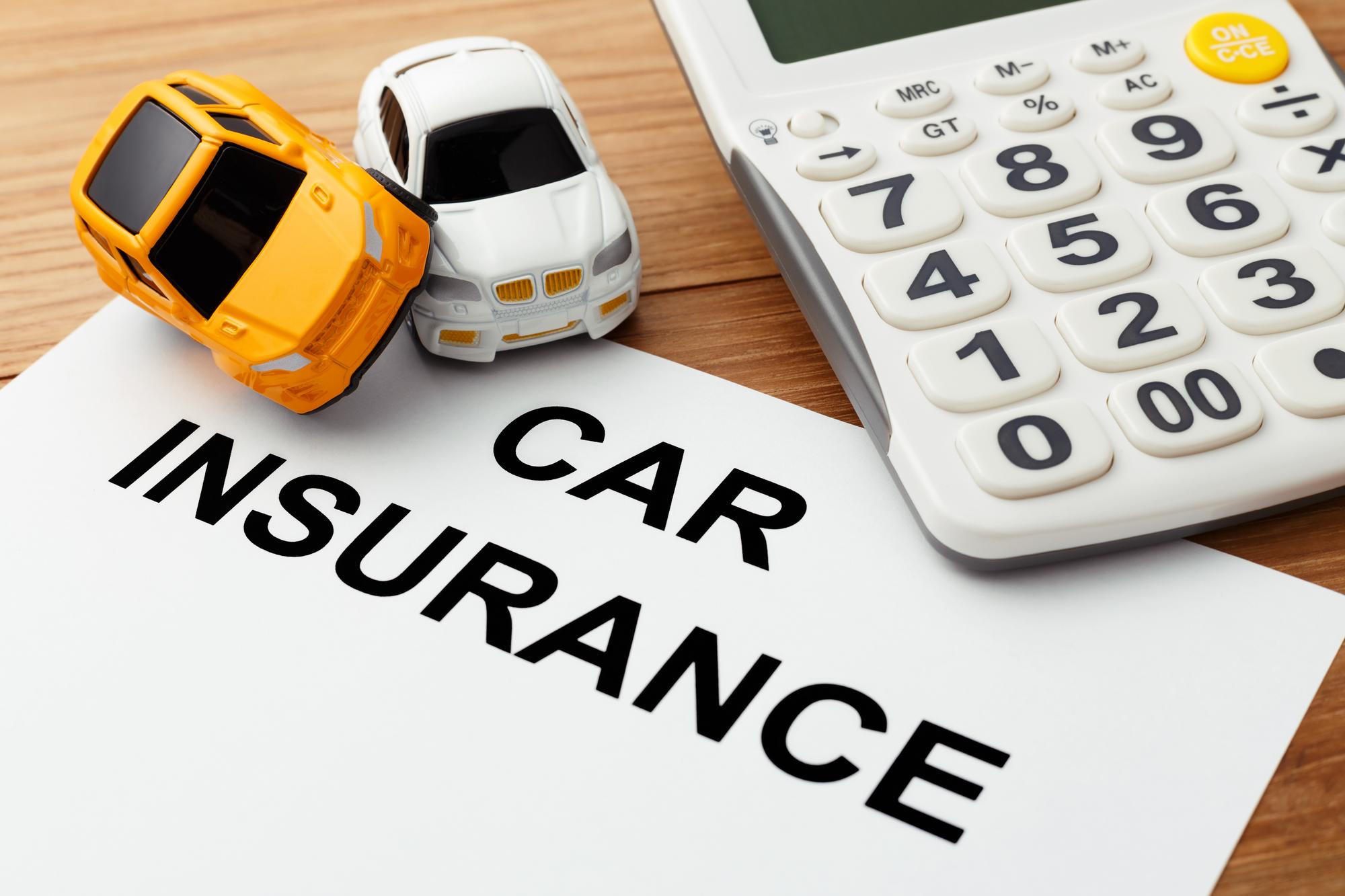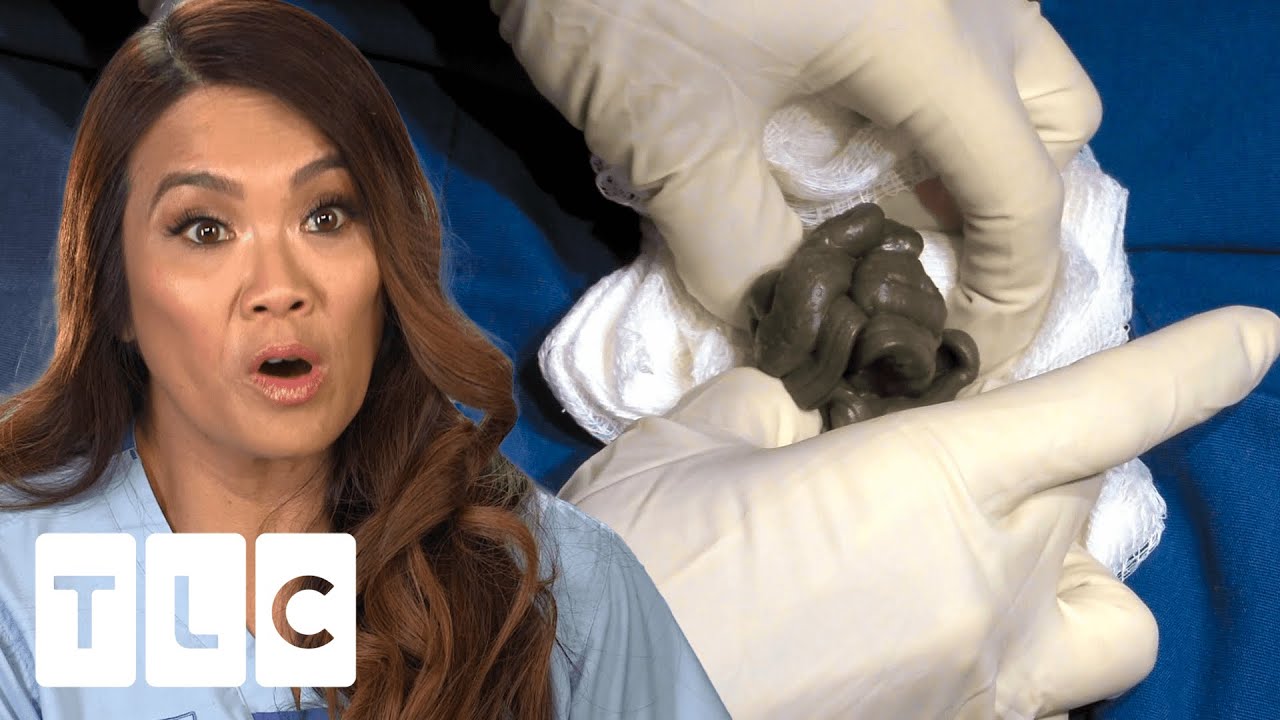
The Ultimate Guide to Car Insurance: Why You Need It and How to Choose the Right Policy
Car insurance is one of the most essential aspects of responsible vehicle ownership. Whether you’re driving a brand-new car or an old reliable one, having the right car insurance can save you from financial ruin in the event of an accident, theft, or damage. In this comprehensive guide, we’ll take you through everything you need to know about car insurance—from the basics and types of coverage, to the factors that affect your premiums, and tips on how to choose the best policy for your needs.
By the end of this blog, you’ll have a solid understanding of car insurance, how it works, and how to navigate the often confusing world of insurance policies to find the best coverage for you.
What Is Car Insurance?
Car insurance is a contract between you and an insurance provider in which the insurer offers financial protection in case of an accident, theft, or damage involving your vehicle. It helps cover the costs of repairing or replacing your car, medical expenses, liability for injuries or damage caused to others, and other related expenses. Car insurance is mandatory in most countries, with each jurisdiction requiring different types of coverage and minimum limits.
In exchange for coverage, you pay a premium to your insurance company. The amount you pay depends on a variety of factors, such as the type of car you drive, your driving history, and the amount of coverage you want.
Why Do You Need Car Insurance?
Car insurance is not just a legal requirement in many areas; it is also a financial safeguard that protects you from potentially devastating expenses. Here’s why having car insurance is essential:
1. Legal Requirement
In most states and countries, it is illegal to drive a car without insurance. These laws are in place to protect all road users. If you get into an accident and you’re uninsured, you can be held financially responsible for any damages, injuries, or property loss.
- Liability Insurance: This is typically the minimum requirement in most areas. It covers the cost of damage or injury caused to others if you’re at fault in an accident.
- Penalties for Driving Without Insurance: These penalties can include hefty fines, suspension of your driver’s license, and even jail time in extreme cases.
2. Protection Against Financial Loss
A car accident can result in significant costs—medical bills, vehicle repairs, or even legal fees if you’re sued. Without insurance, you may have to pay out of pocket for these expenses, which can be overwhelming. Car insurance helps minimize financial loss by covering these costs, depending on the type of policy you have.
3. Covering Medical Costs
If you’re involved in an accident, the medical costs can quickly add up. Even minor injuries can result in expensive treatment. Car insurance policies often include personal injury protection (PIP) or medical payments (MedPay) coverage, which can help pay for medical bills and related expenses, regardless of who was at fault.
4. Protection for Your Car
If your car is damaged or stolen, your car insurance can help cover repair or replacement costs. While comprehensive and collision insurance aren’t required by law, they provide significant peace of mind and protect you financially in the event of an accident, vandalism, or natural disaster.
5. Protecting Others
If you’re involved in an accident and are found liable for injuries or property damage, your car insurance covers the costs for the other party. This can prevent you from facing lawsuits or losing your personal assets. It can also include uninsured or underinsured motorist coverage, which helps protect you if the other driver doesn’t have enough insurance to cover the damages.
6. Peace of Mind
Knowing that you’re covered in case of an emergency brings peace of mind. Whether it’s a fender-bender in a parking lot or a severe collision on the highway, having the right car insurance ensures that you can handle the situation financially and emotionally.
Types of Car Insurance Coverage
There are several different types of car insurance coverage, each designed to protect you in different ways. The coverage you need will depend on your personal circumstances, driving habits, and the state you live in. Let’s explore the most common types of car insurance coverage.
1. Liability Insurance
Liability insurance is mandatory in most places and covers the costs of injury or damage you cause to other people or property in the event of an accident. It typically includes two parts:
- Bodily Injury Liability (BIL): Covers medical expenses, lost wages, and other related costs for individuals injured in an accident you caused. It can also cover legal fees if you’re sued due to the accident.
- Property Damage Liability (PDL): Covers the costs of damage to another person’s property, such as their car, fence, or home, caused by your vehicle.
2. Collision Insurance
Collision insurance covers the repair or replacement costs of your own vehicle if it’s damaged in an accident, regardless of who is at fault. This coverage typically applies if you hit another car, a stationary object (like a tree or fence), or if your car flips over.
3. Comprehensive Insurance
Comprehensive insurance covers damages to your car that are not caused by a collision. This can include:
- Theft: If your car is stolen.
- Vandalism: If your car is damaged or destroyed due to vandalism or malicious acts.
- Natural Disasters: Covers damages from floods, hurricanes, earthquakes, or hail.
- Animal Collisions: If your vehicle hits an animal, such as a deer.
Comprehensive coverage is often optional but is highly recommended for new or valuable vehicles.
4. Personal Injury Protection (PIP) or Medical Payments (MedPay)
Personal injury protection (PIP) and medical payments (MedPay) provide coverage for medical expenses and, in some cases, lost wages resulting from an accident. Unlike regular health insurance, PIP can cover medical expenses regardless of who is at fault for the accident. This can be crucial if you live in a no-fault state where each party’s insurance covers their own injuries.
5. Uninsured/Underinsured Motorist Coverage (UM/UIM)
Uninsured/underinsured motorist coverage protects you if you’re involved in an accident with a driver who doesn’t have enough insurance to cover the damages or who is completely uninsured. It can also cover hit-and-run accidents.
- Uninsured Motorist Bodily Injury (UMBI): Covers injuries sustained by you and your passengers if the other driver has no insurance.
- Underinsured Motorist Property Damage (UIMPD): Covers damage to your car if the other driver’s insurance isn’t enough to cover the cost.
6. Gap Insurance
If you owe more on your car loan or lease than the car’s current market value, gap insurance covers the difference between the car’s value and the amount you owe. This can be extremely valuable if your car is totaled or stolen early in the loan period.
7. Rental Reimbursement Insurance
Rental reimbursement insurance covers the cost of a rental car while your vehicle is being repaired due to a covered incident. This can be helpful if you rely on your car to get around and need a temporary replacement.
8. Roadside Assistance
Roadside assistance provides services like towing, flat tire repair, jump-starts, and lockout assistance in case your vehicle breaks down. It’s often available as an add-on to an insurance policy or as a separate service through a provider like AAA.
Factors That Affect Your Car Insurance Premiums
When you apply for car insurance, your insurer will calculate your premiums based on several factors. Understanding these factors can help you reduce your premiums or find a policy that fits your budget. Some of the most important factors include:
1. Driving Record
Your driving history plays a significant role in determining your insurance premium. Drivers with a history of accidents, speeding tickets, or other traffic violations are considered higher risk, and they may face higher premiums.
- Clean Record: Drivers with no accidents or tickets are typically eligible for lower premiums.
- Accidents and Violations: If you’ve had an accident or violation within the past few years, you may face an increase in your premium.
2. Vehicle Type
The type of car you drive impacts your premium. Expensive cars, sports cars, luxury vehicles, or vehicles with high repair costs are typically more expensive to insure. This is because they are more costly to repair or replace in case of an accident.
- Make and Model: Some cars are more prone to theft, which can increase premiums. Cars with high safety ratings or low repair costs may have lower premiums.
- Age of the Vehicle: Newer cars may require more comprehensive coverage due to their higher value, while older cars may have lower premiums if you opt for less coverage.
3. Age and Gender
Younger drivers, particularly teenagers and those under 25, are statistically more likely to be involved in accidents. As a result, their premiums tend to be higher. Additionally, men, especially younger men, typically face higher premiums than women due to statistical data indicating a higher risk.
4. Location
Where you live affects your car insurance rate. If you live in an area with high traffic, high crime rates, or frequent natural disasters, your insurance premium may be higher.
- Urban Areas: Living in a city with high population density increases the likelihood of accidents or theft, resulting in higher premiums.
- Rural Areas: In rural areas, premiums tend to be lower, though risks like wild animal collisions can still be a factor.
5. Credit History
In many regions, insurance companies use your credit score to help determine your premium. Drivers with better credit scores are often rewarded with lower rates

